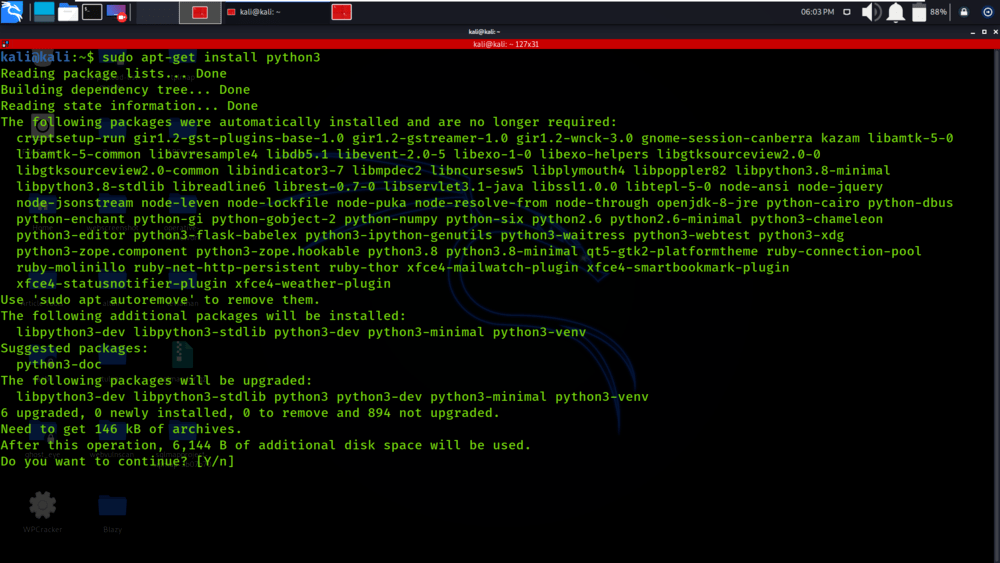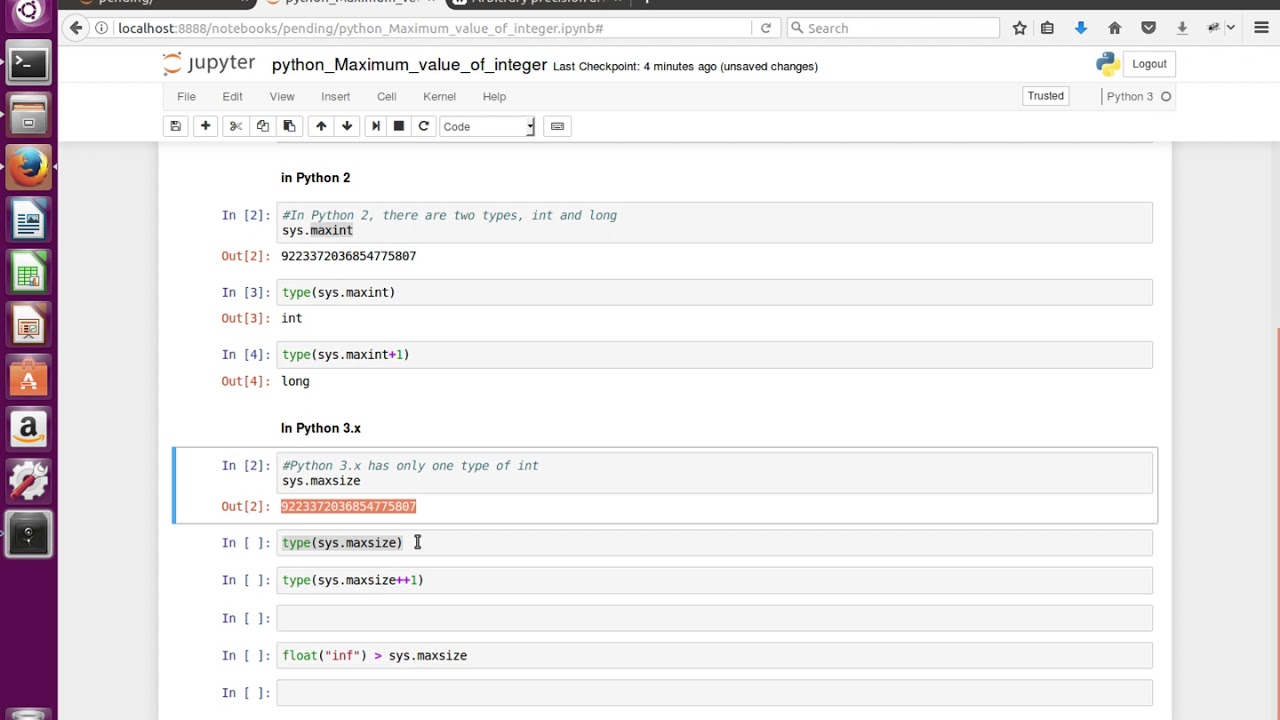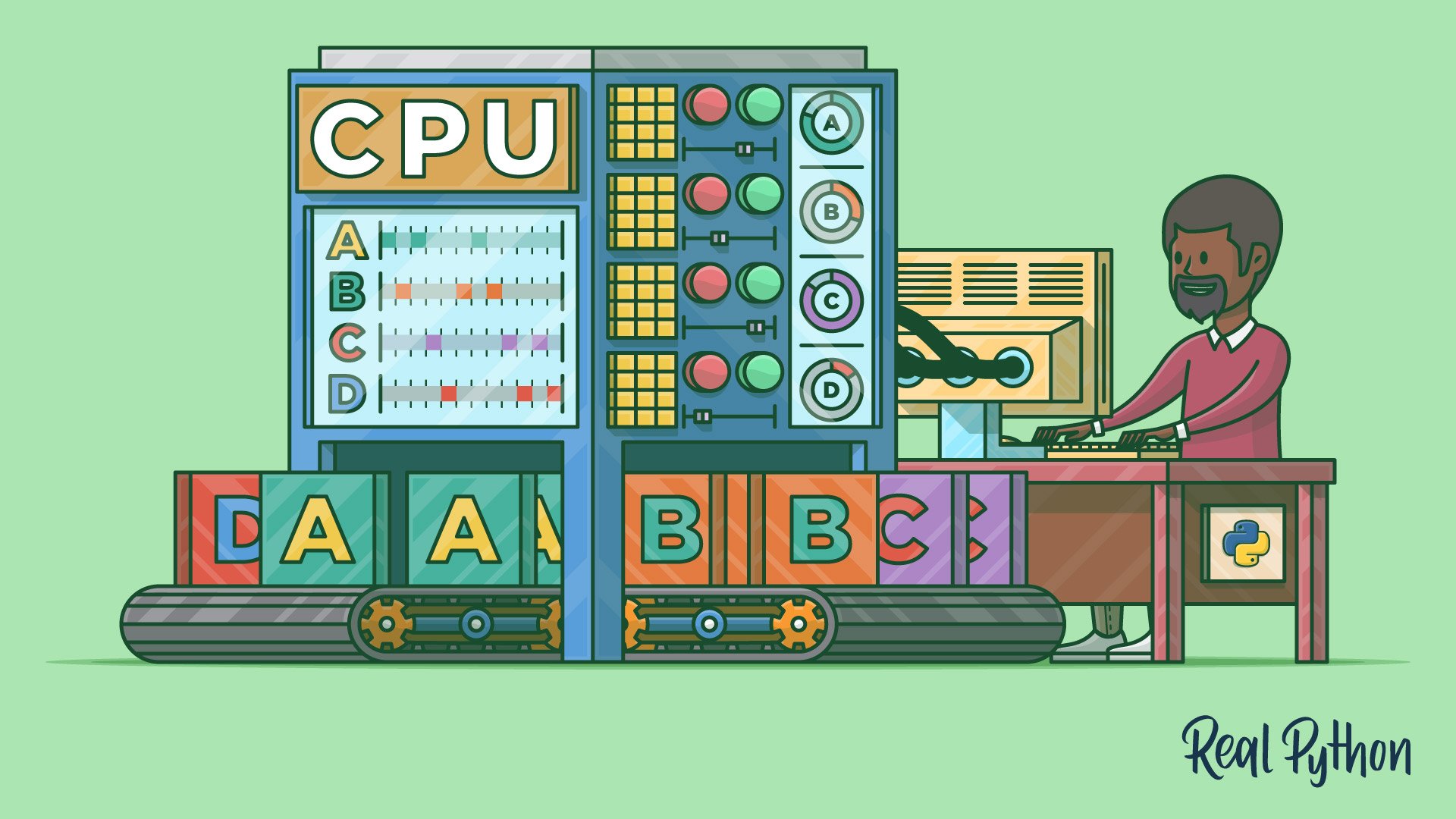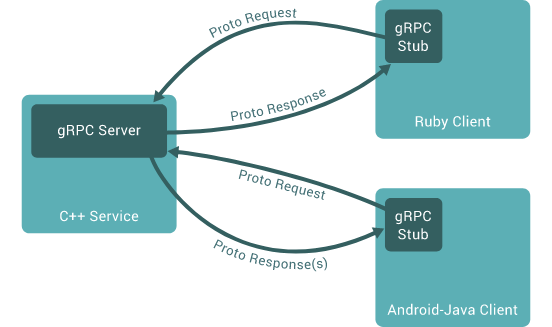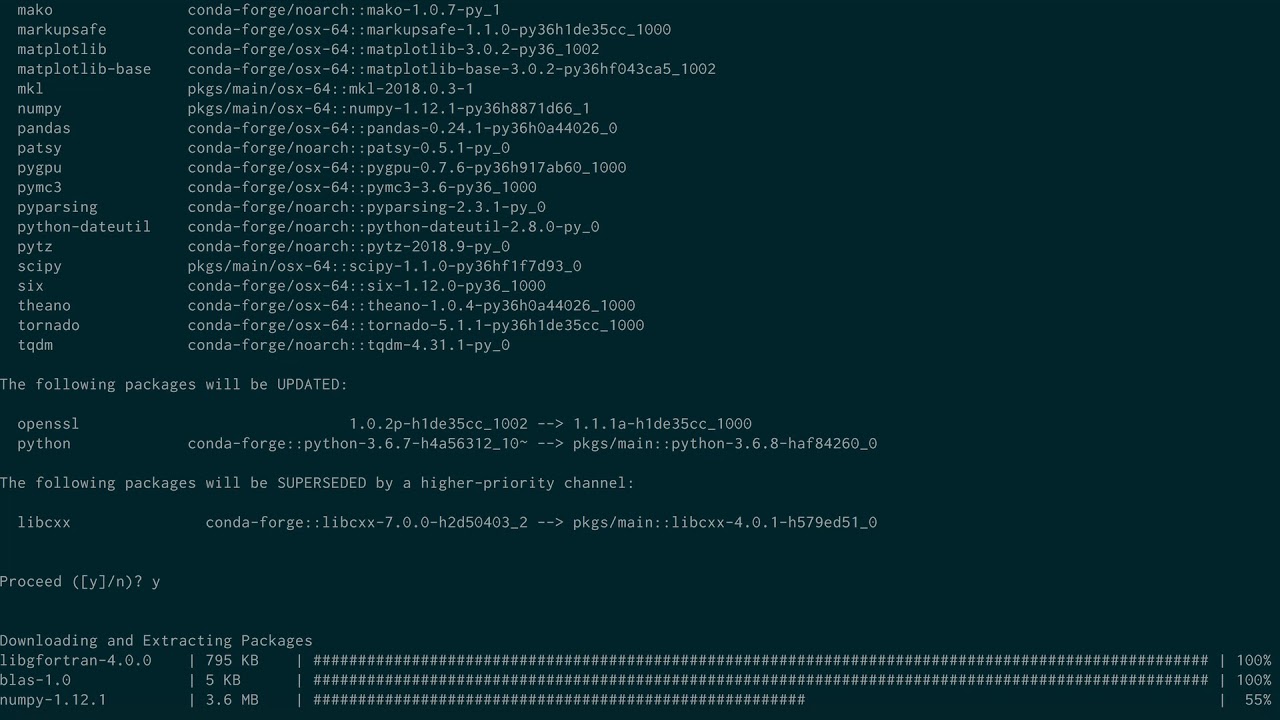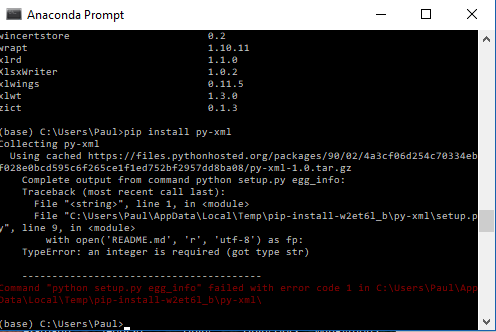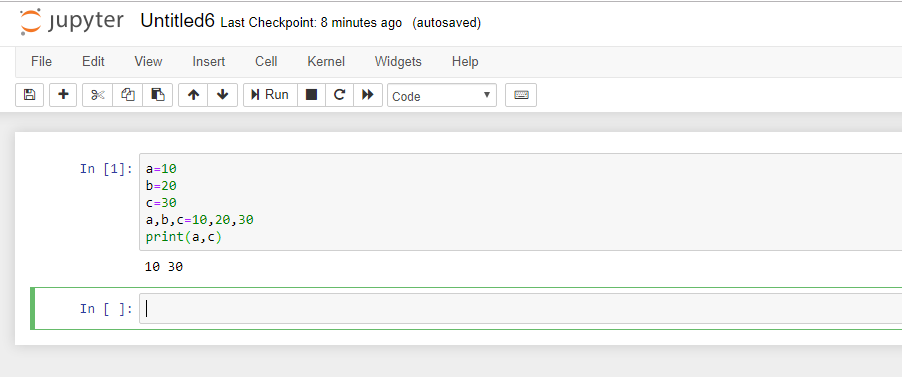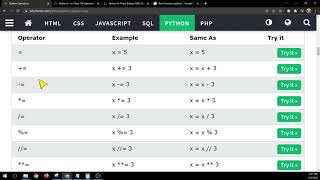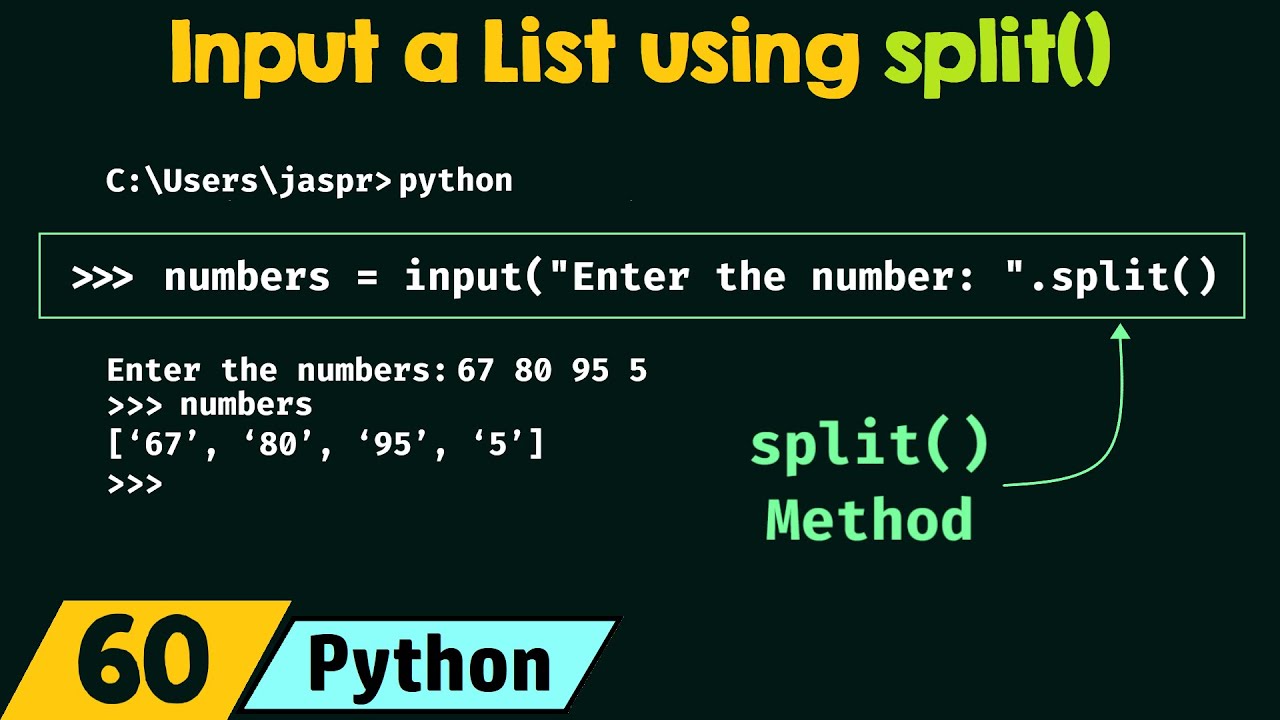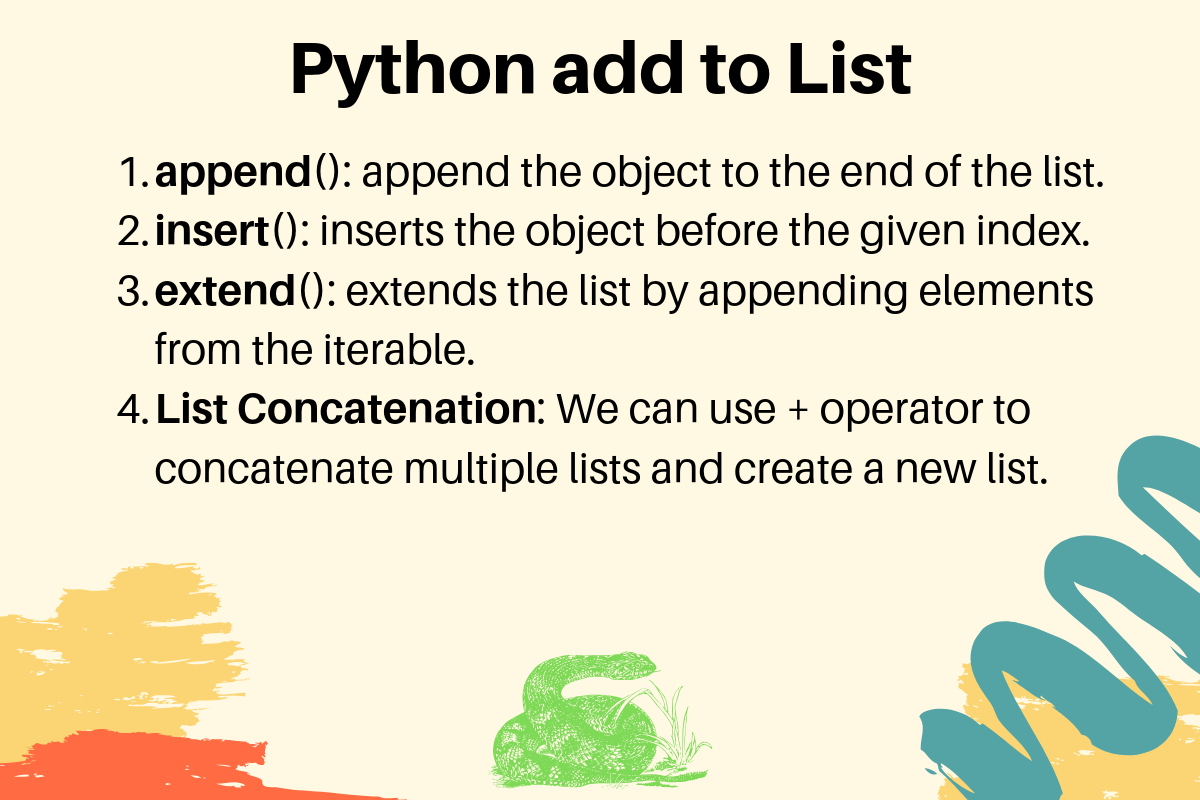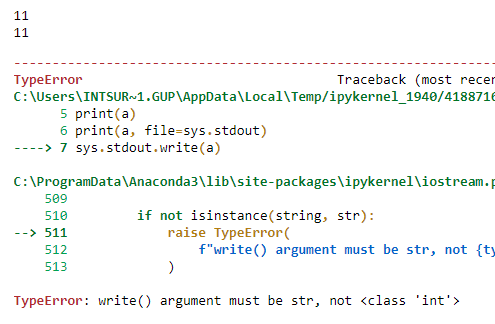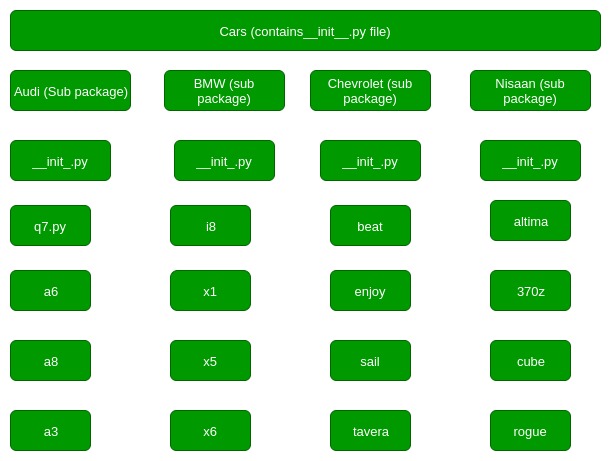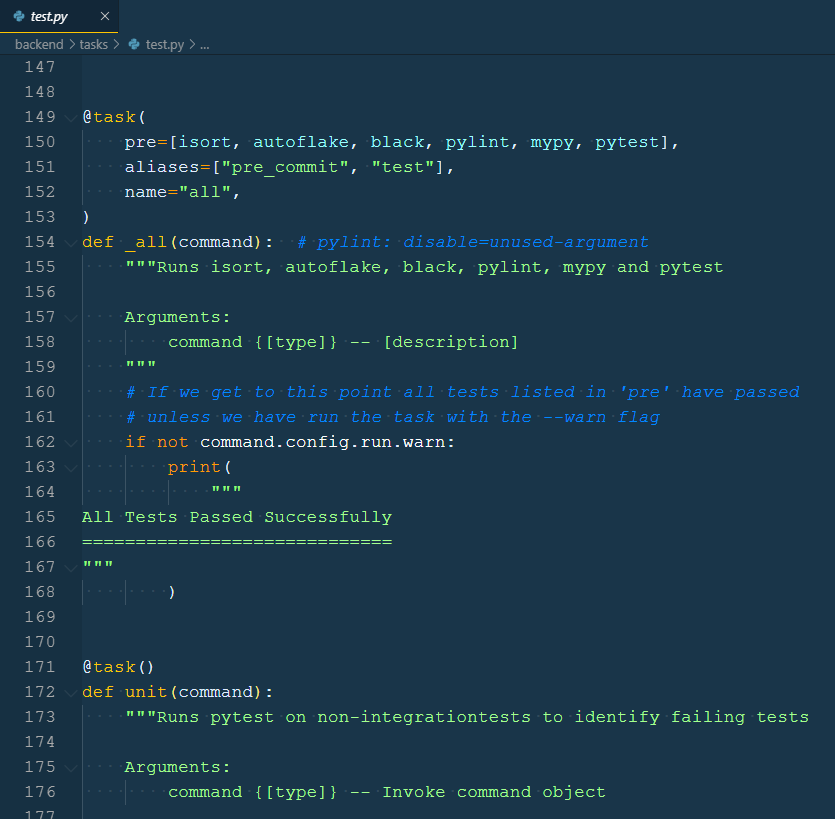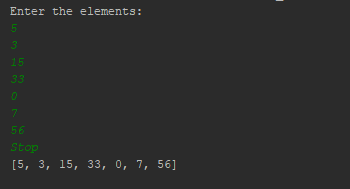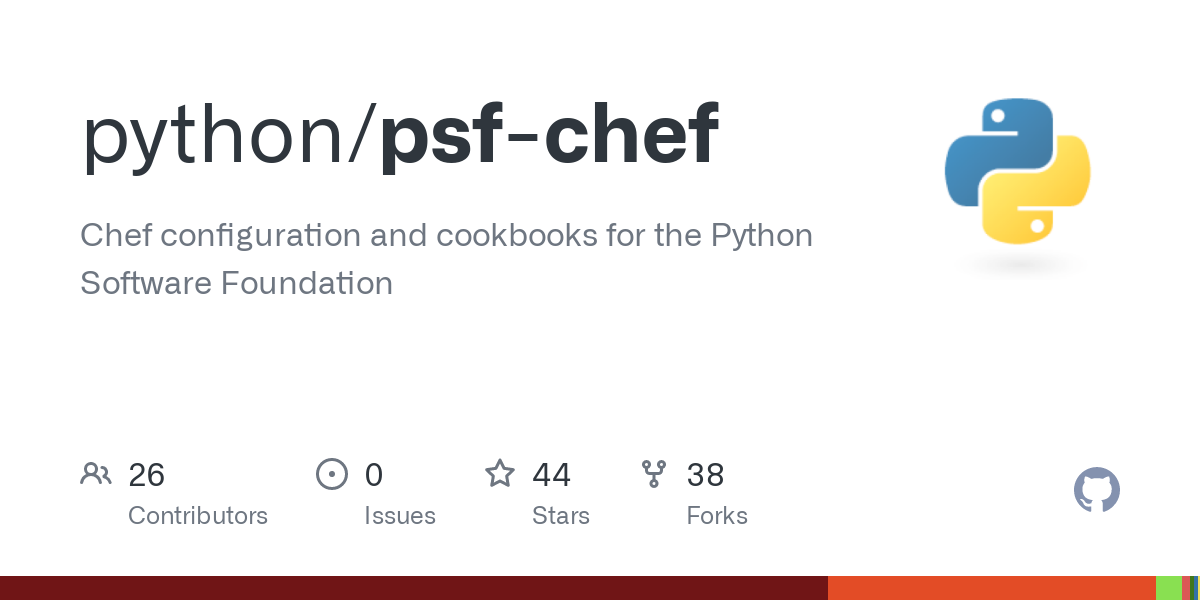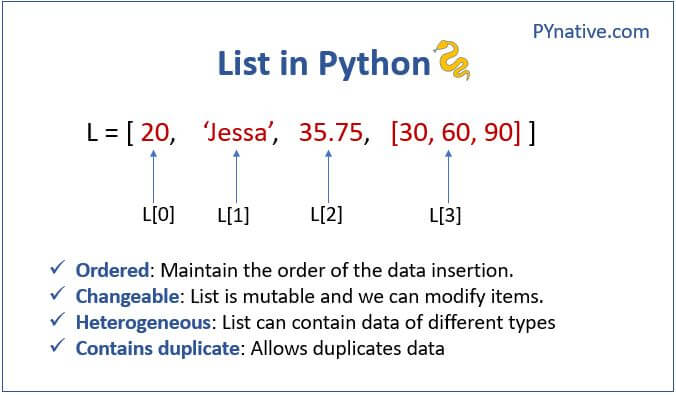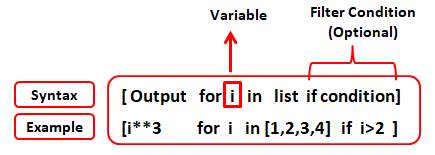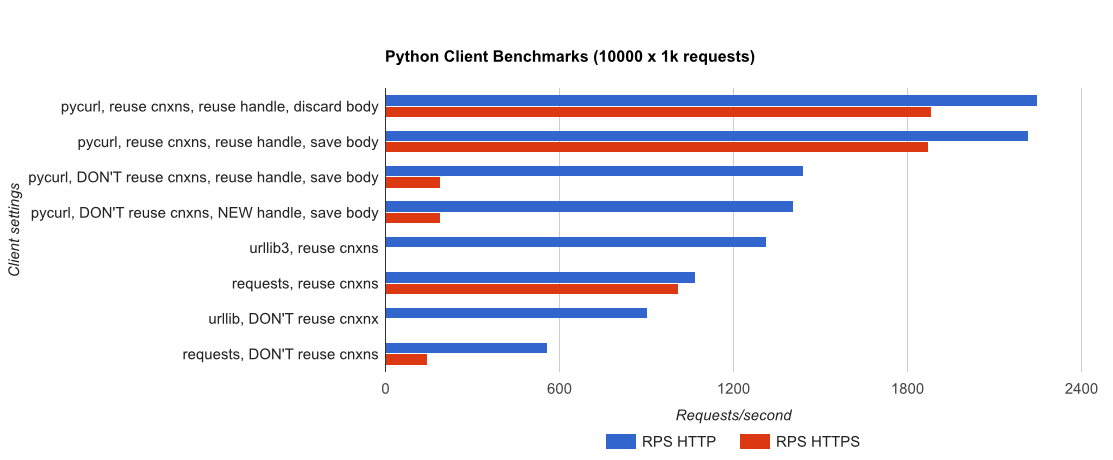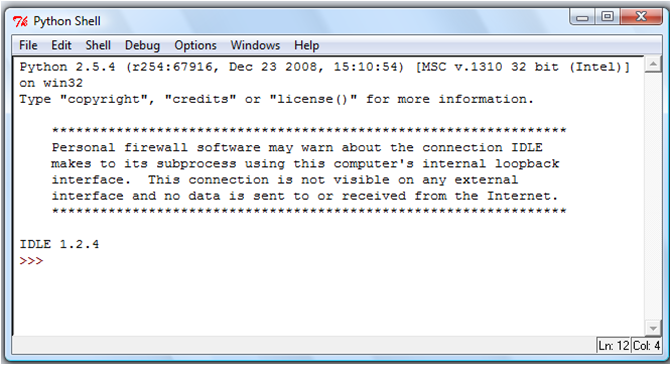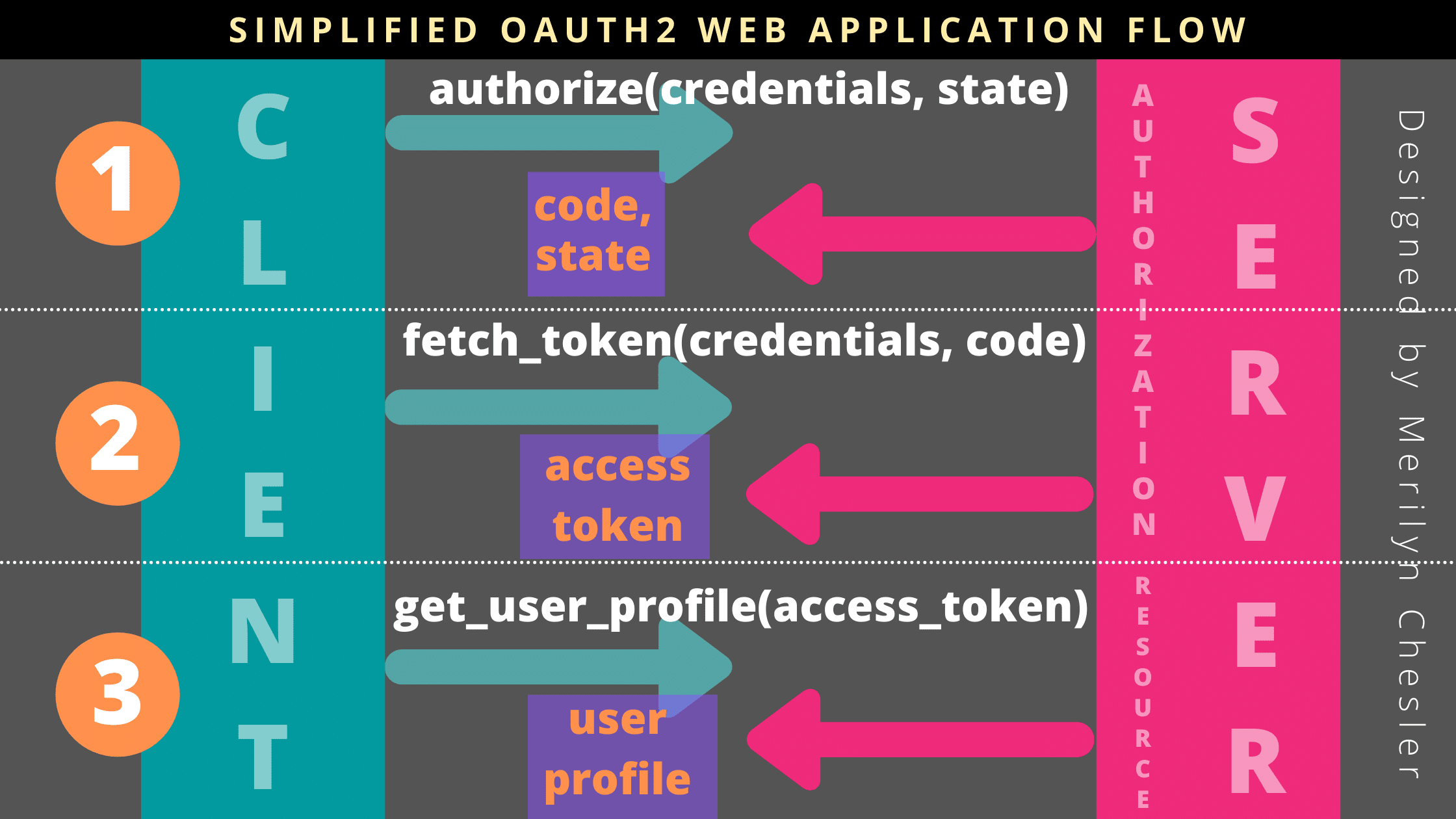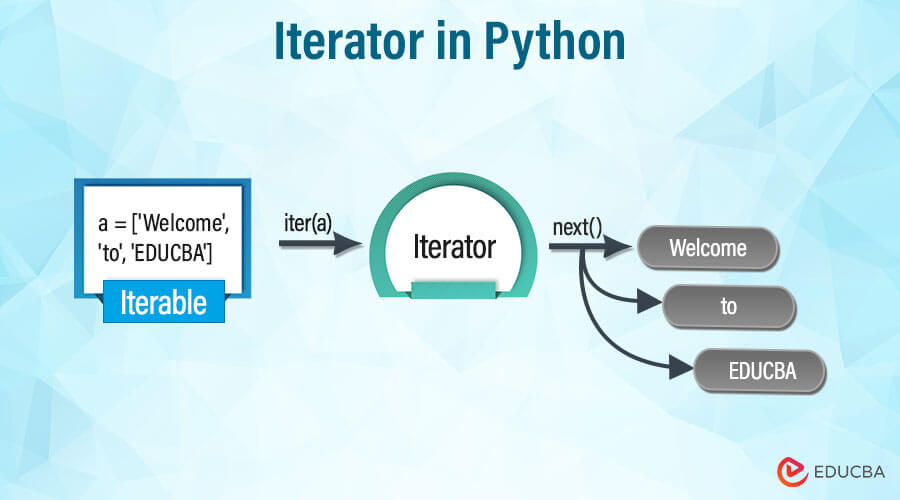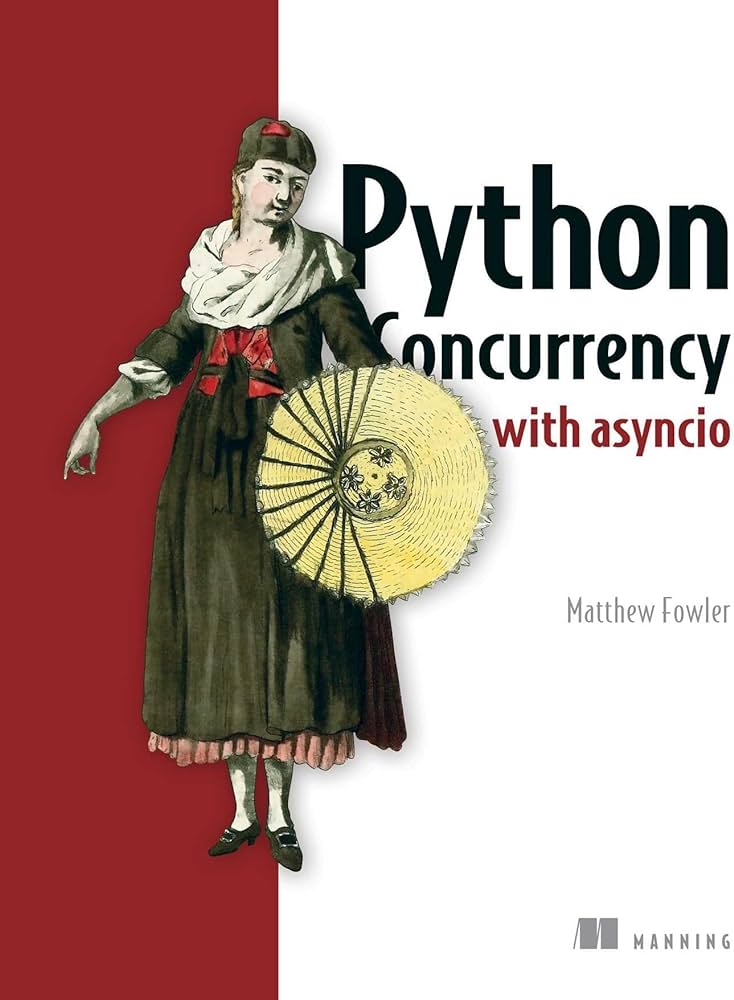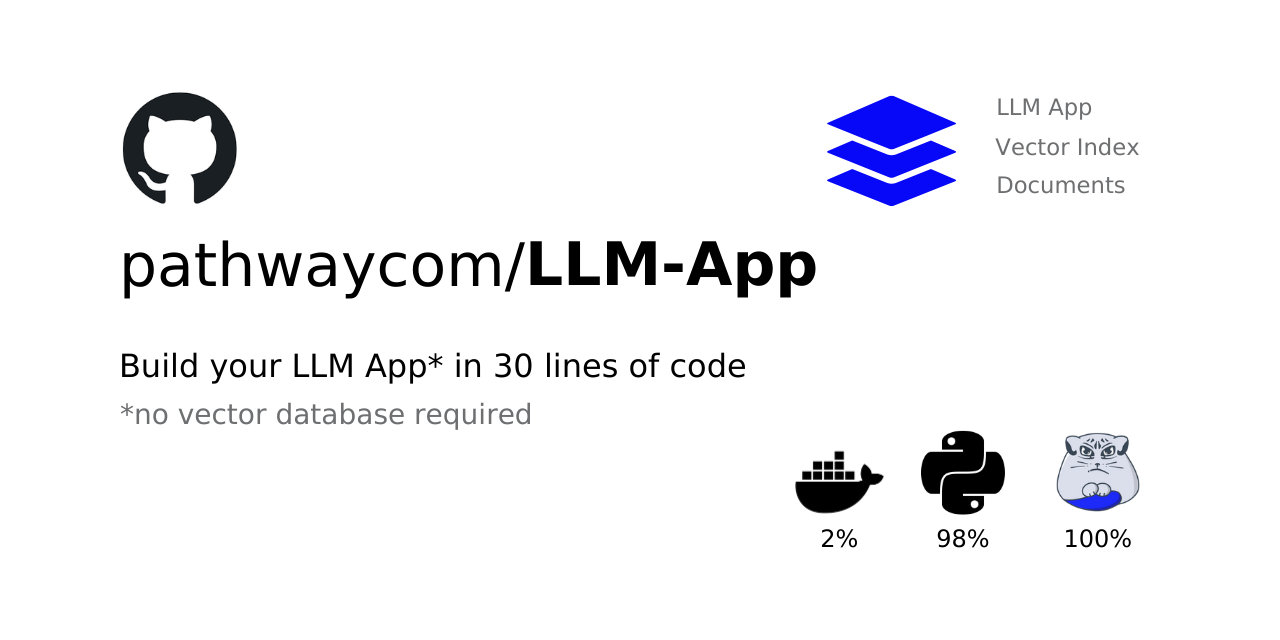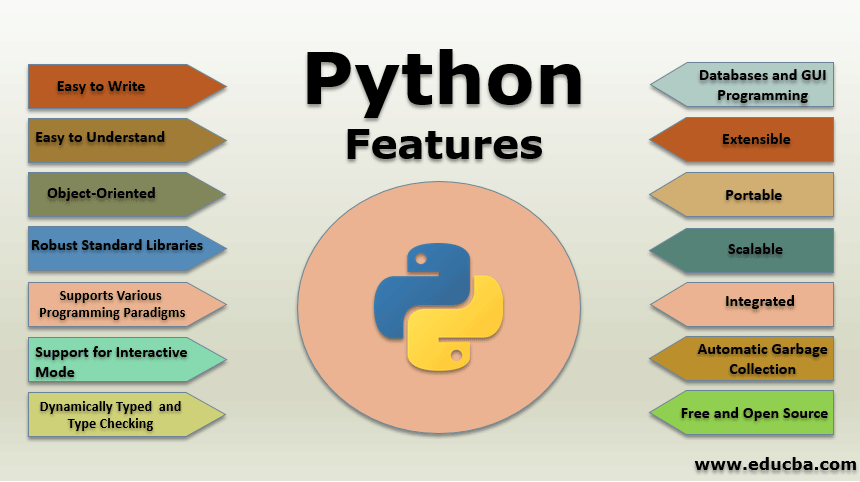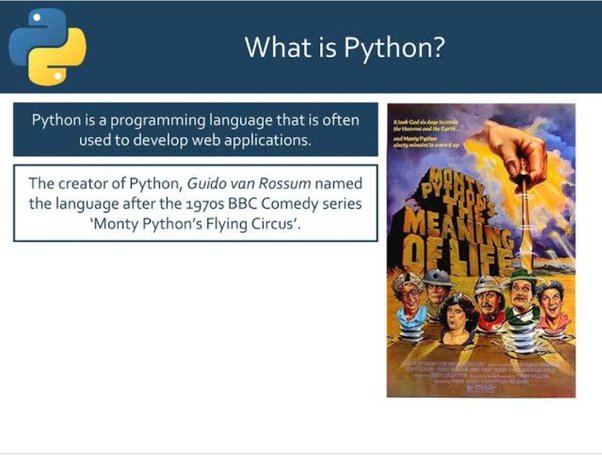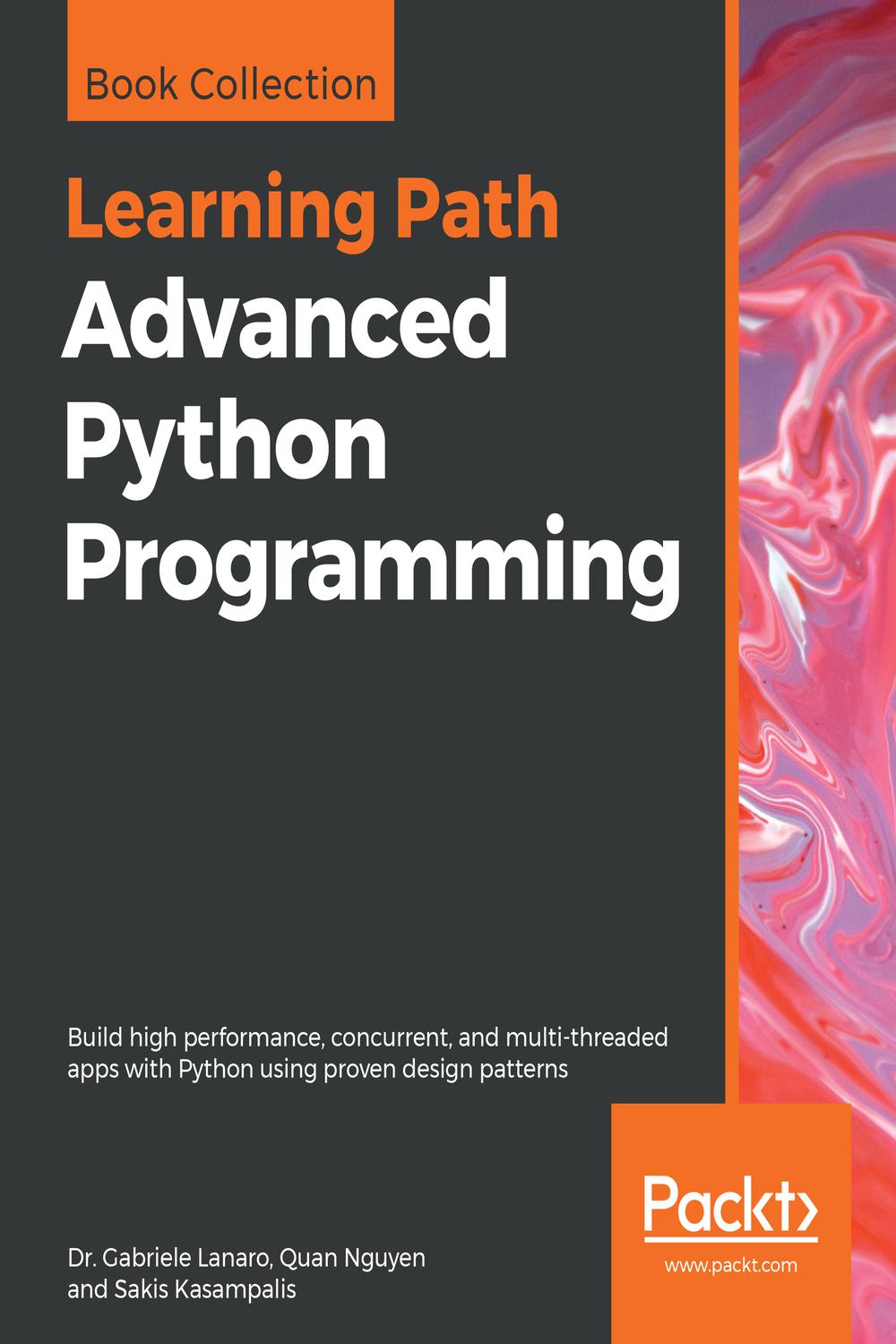Which Python framework is best, Django vs Flask vs FastAPI?
Which Python framework is best, Django vs Flask vs FastAPI?
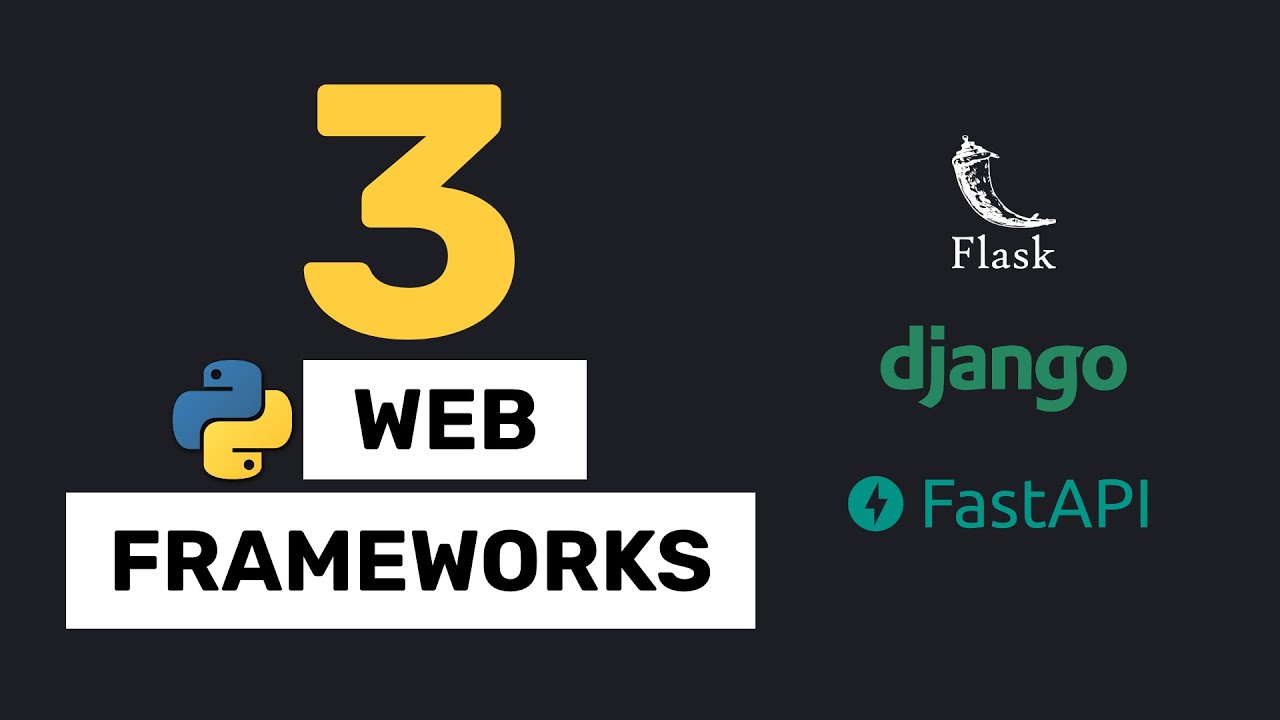
I'd be happy to provide a detailed comparison of these three popular Python web frameworks!
Django:
Django is one of the most well-known and widely used Python web frameworks. It's a high-level framework that provides an excellent starting point for building robust, scalable, and maintainable websites quickly. Django follows the Model-View-Controller (MVC) pattern, which separates concerns between the data model layer (models), the presentation layer (views), and the business logic layer (controllers). This structure makes it easy to develop complex web applications.
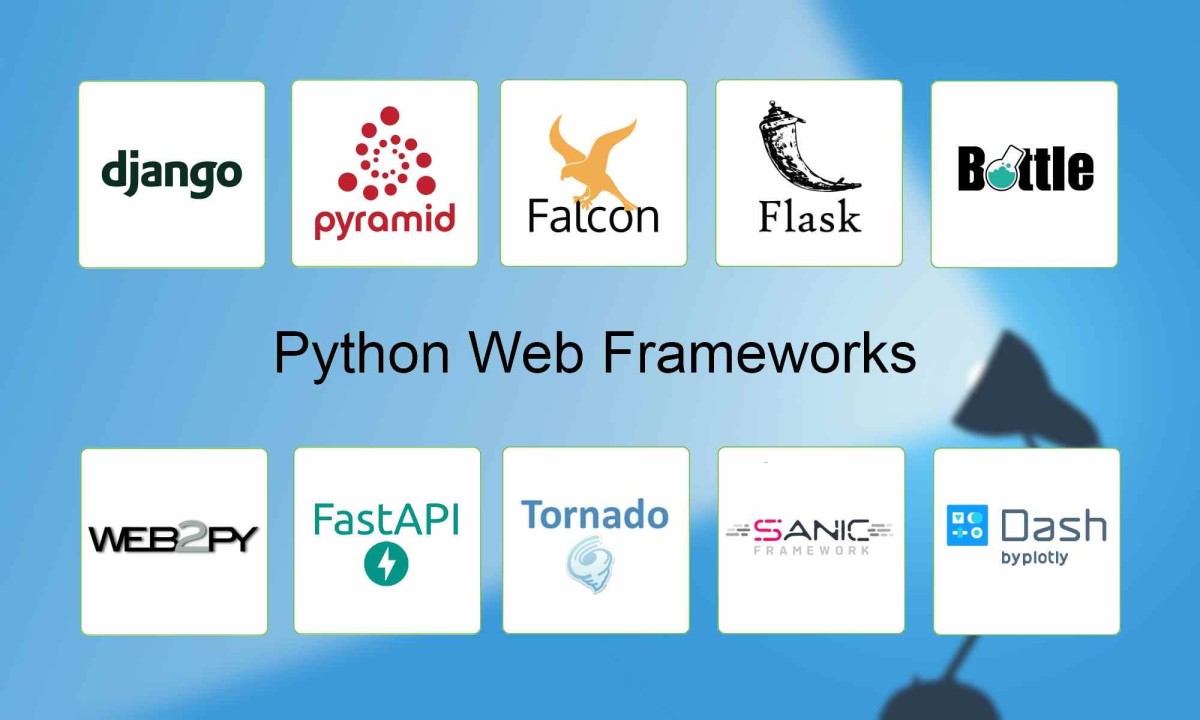
Pros:
Batteries included: Django comes with many built-in features like an ORM system, authentication, and authorization. Large community: Django has a massive and supportive community, ensuring plenty of resources, documentation, and third-party libraries are available. Opinionated framework: Django forces you to follow best practices, which can lead to more maintainable code.Cons:
Steep learning curve: Django's complexity and verbosity can be overwhelming for beginners. Verbose syntax: Django requires a lot of boilerplate code, which can be tedious to write and maintain.Flask:
Flask is a lightweight framework that's often referred to as the "microframework" due to its minimalistic nature. It doesn't enforce any specific architecture or structure, allowing developers more freedom to craft their own solutions. Flask is also built on top of the Werkzeug WSGI server and Jinja2 templating engine.
Pros:
Lightweight: Flask has an extremely small codebase (~10k lines), making it easy to learn and use. Flexible: With minimal constraints, developers can build whatever they like, from small APIs to complex web applications. Easy to extend: Flask is highly extensible thanks to its modular design.Cons:
Not as feature-rich: Unlike Django, Flask doesn't come with built-in features or ORM support. Less community involvement: Although still popular, the Flask community is smaller than Django's.FastAPI:
FastAPI is a modern framework that takes inspiration from Django and Flask to create a faster, more efficient, and more Pythonic alternative. It focuses on performance, simplicity, and ease of use. FastAPI supports async/await syntax for asynchronous programming, making it well-suited for handling concurrent requests.
Pros:
High-performance: FastAPI is designed with speed in mind, leveraging async/await for better concurrency handling. Pythonic: FastAPI's API feels more Python-like, thanks to its concise and expressive syntax. Strongly typed: FastAPI supports type hinting and has built-in support for Pydantic's validation.Cons:
Less mature ecosystem: FastAPI is still relatively new (released in 2018), which means the surrounding ecosystem isn't as developed as Django or Flask. Not as feature-rich yet: While it includes many features, some might consider FastAPI less comprehensive than its predecessors.In conclusion:
Ultimately, the choice between Django, Flask, and FastAPI depends on your specific needs, experience level, and goals. If you're building a complex web application with robust ORM support, Django is likely an excellent choice. For smaller projects or those requiring more flexibility, Flask might be the better option. If you want a high-performance, Pythonic framework that supports async/await syntax, FastAPI could be the perfect fit.
Remember: each framework has its strengths and weaknesses. Choose wisely!
Python tornado vs fastapi github
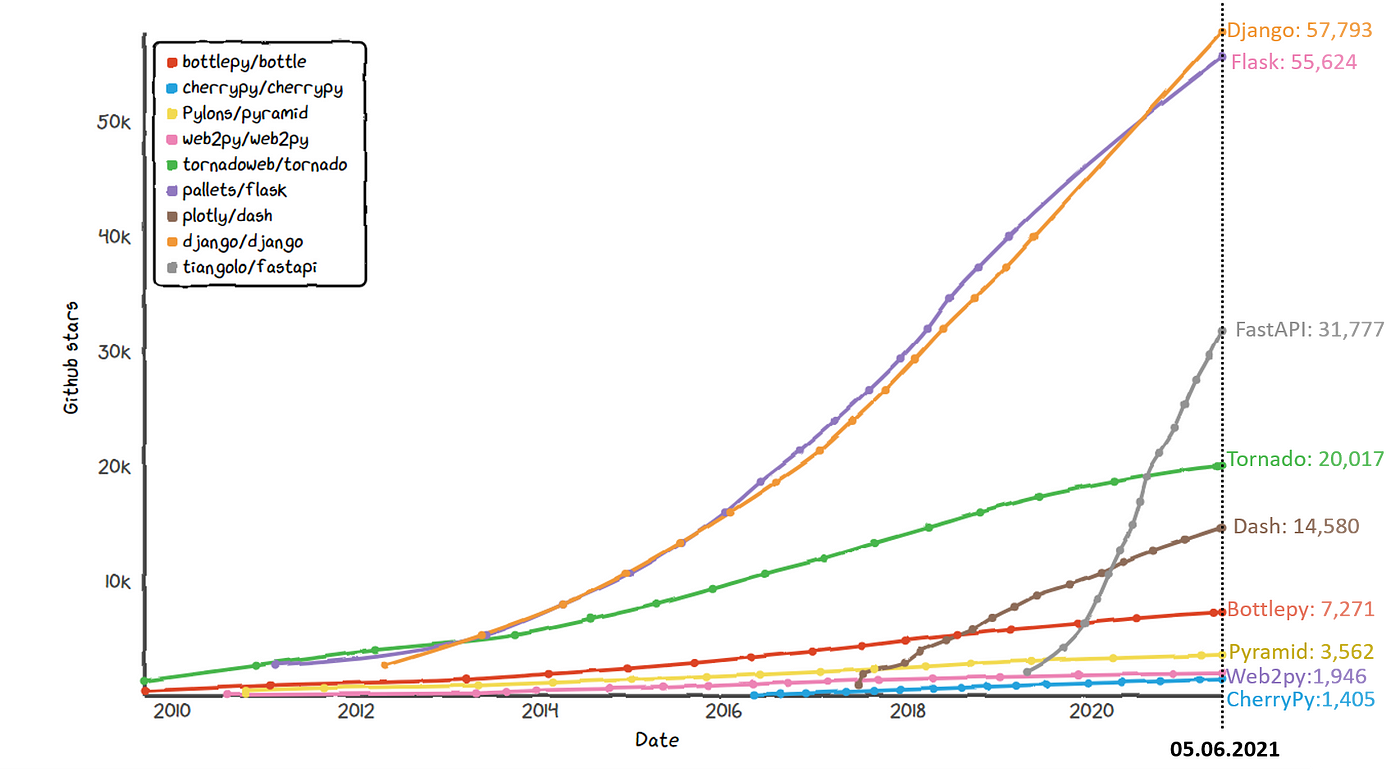
Here's a detailed comparison between Tornado and FastAPI on GitHub:
Overview
Tornado is an open-source web framework written in Python, developed by Facebook. It was initially designed for building scalable, concurrent, and highly available applications with ease. On the other hand, FastAPI is a modern, fast (high-performance), web framework for Python 3.7+ based on standard Python type hints.
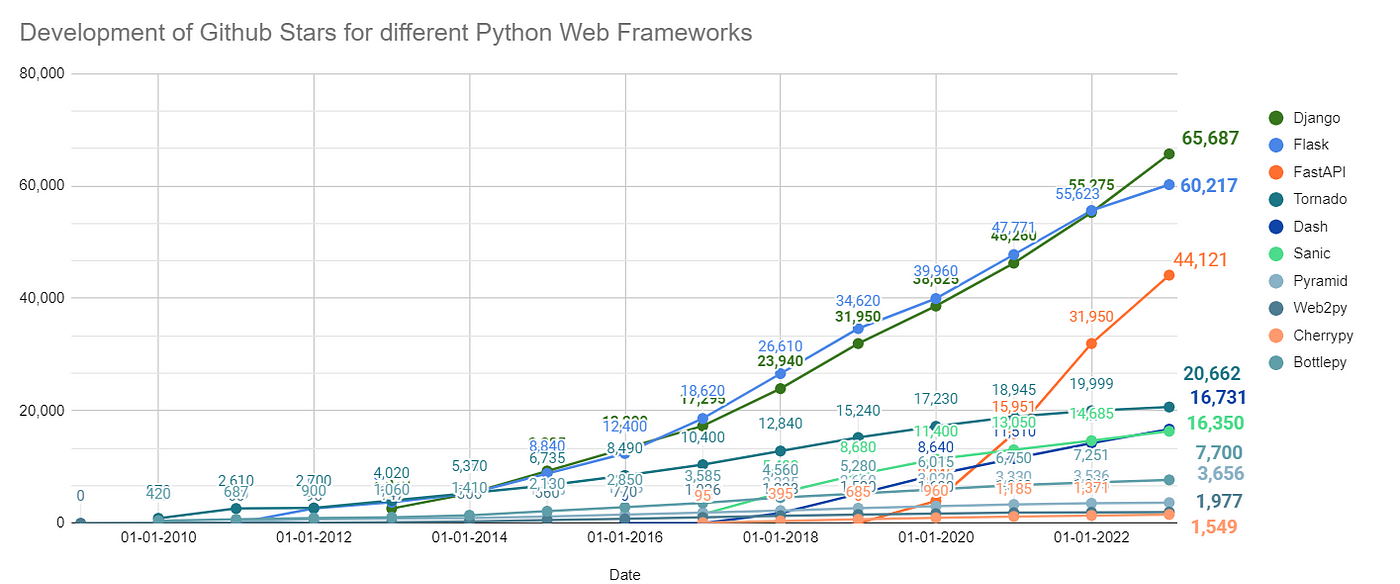
GitHub Stats
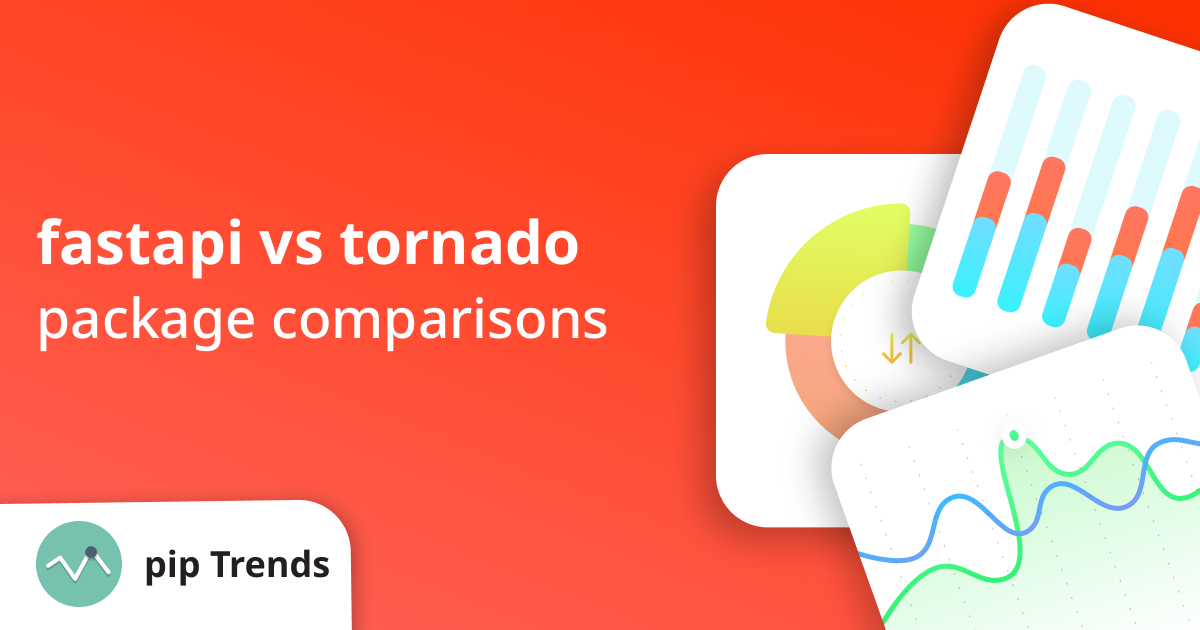
As of now, Tornado's GitHub repository has:
14,111 stars 2,611 forks 1,413 open issues 345 closed issuesFastAPI's GitHub repository has:
44,511 stars 3,411 forks 145 open issues 241 closed issuesKey Features
Tornado features include:
Asynchronous I/O support Support for multiple protocols (HTTP, HTTPS, WebSockets) Support for multiple frameworks (Werkzeug, Bottle, Flask) Built-in support for WebSocket protocol Supports both async/await and callbacksFastAPI features include:
Automatic generation of OpenAPI documentation Built-in support for ASGI (Asynchronous Server Gateway Interface) Fast and lightweight, with a small binary size Supports async/await syntax Built-in support for JSON, MessagePack, and other formats Supports WebSocket protocolPerformance
Tornado is known for its high-performance capabilities, thanks to its asynchronous design. It can handle thousands of concurrent connections with ease.
FastAPI, on the other hand, has been designed from the ground up with performance in mind. It uses modern Python syntax and type hints to generate optimized code at runtime. FastAPI's performance is impressive, with some benchmarks showing it outperforming even the fastest frameworks like Tornado.
Community
Tornado has a large community of developers who have contributed to its growth and development over the years.
FastAPI also has a growing community, with many enthusiastic developers contributing to its GitHub repository. The FastAPI project itself is led by Miguel Grinberg, a well-known Python developer and author.
Conclusion
In conclusion, both Tornado and FastAPI are excellent choices for building high-performance web applications in Python. While Tornado has been around longer and has a larger community, FastAPI's modern design and focus on performance make it an attractive choice for developers looking to build scalable and highly available applications quickly and efficiently.
References:
Tornado GitHub repository: https://github.com/tornadoweb/tornado FastAPI GitHub repository: https://github.com/fastapi/fastapiPlease let me know if you have any other questions or would like more information on this topic!
